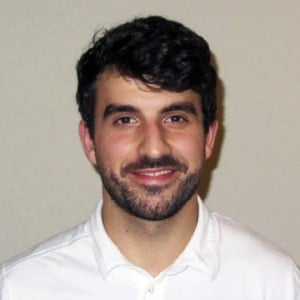
Jimmy Mahady is a Fulbright U.S. Student Program alumnus who researched the development of renewable energy in Uruguay in 2013.
Foreword: The musings herein were gleaned from a few days of service-learning through a special Fulbright Enrichment Activity with Amizade in the town of Williamson, WV and its surrounding area. My intuition and meager sample size have yielded this blurry, self-reflective view of what was, is and may be. Thanks for reading.
Six participants from abroad, six from the U.S. – I have come together under the banner of mutual understanding with my fellow fellows to Williamson, WV and we are growing together like a bunch of grapes. I’ve never been to a place like this. Infinite hills – friendly, drawn-out speech and demeanor – a town with its head held high – in spite of unforgiving squalls of global market forces. From far away, current residents’ forefathers arrived here, willing or not, nearly all of whom fought hard to survive. The rich seams of coal presented an obsidian opportunity, but avaricious plutocrats spared no expense to make the people’s sometimes deadly struggle for fair treatment seem Sisyphean. Eventually they prevailed, and fairer wages and better working conditions begot longer hours below with the black particulate that crackled in their chests.
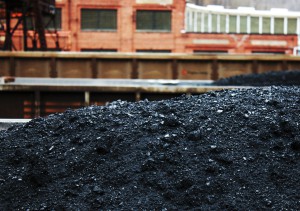
According to Ian, who is 19 years old and a Williamson local, 70 percent of the children he went to school with aspired to be coal miners. Photo by Anna Reich.
They paid for the chance to raise happy, healthy families on an honest labor with singed lungs and bent backs. Economies grew around the mines, and the people drew a deep pride from fueling the American industrial juggernaut. I think Williamson’s story, like so many before it, is one of the tumultuous nature of a community built on a sole commodity. Theirs is a hard-fought heritage written in carbon, sweat, blood and toil. But mechanization, slack demand in the global market, and the threat of U.S. energy regulations that would effectively regulate coal-fired electrical generation out of existence have brought this place to its knees. “70 percent of the peak population gone” – “20,000 mining jobs lost in the region within the last decade.” These are the lamentations of a reeling, proud proletariat whose multi-generational economy has been snatched out from under them.
So here I am. Since high school graduation, my scholastic and professional endeavors have focused on an overarching goal of cutting carbon emissions and fighting global warming. Folks in Williamson have cautioned me to tread carefully, as it may be too early for many to consider a broad range of economic and energy alternatives. In the town, a few solar panels pop up, but unfortunately, without electric utility buy-in and larger-scale regulatory impetus and incentives, I fear there will be no significant growth in cleaner power in the short and medium terms. It will be tough to move the needle on coal here, but who is to say that ex-coal miners couldn’t leverage their stories of sudden loss to lobby regulators and politicians, to bring cleaner energy sources and a revitalized sense of purpose to this place? Perhaps they could spread the message that promoting social equity in coal communities losing their economic lifeblood is a key component of cutting carbon emissions while keeping social justice in mind.
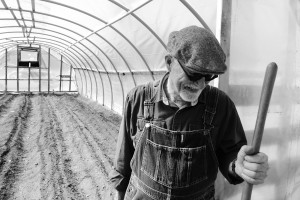
Lonney Bowen taught us today how to prepare the land and plant the food in Williamson’s community garden. He was born in the town and have lived there almost all his life. Photo by Jorge Caraballo.
I do not think, though, that all is lost for this place. The team at Sustainable Williamson, the nonprofit hosting us this week, are part of a group of committed residents working for the common good. Their perseverance seems borne on an intense pride of place and an open-minded commitment to rebuilding a local economy on diverse platforms of infinite possibility. They stand in stark defiance of the backwards, rural stereotype that I’ve so often maligned in my own shortsighted frustration. What I often picture as homogeneous, closed-minded communities averse to almost every policy I support, turned out to be diverse and deeply thoughtful. Here, there are Filipino, East Indian, Latin American, African American and European communities that mirror the diversity I treasure in my urban context in Seattle. Like the traditional “Old Time” music of Appalachia, these global stories and points of view intertwine to create, in my opinion, some of the most valuable, harmoniously profound perspectives and wisdom from which a community can draw in tough times. I have faith that Williamson’s pride, perseverance and optimism will carry it forward into a prosperous and sustainable future.
I owe a deep gratitude to Williamson for sharing their story with me, and for being so generous and welcoming to a kid from far away.
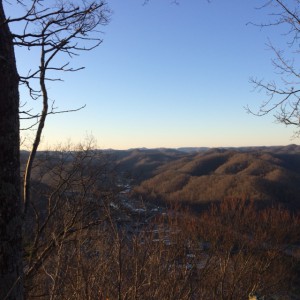
The Appalachian Mountains near Williamson, WV. Photo by Jimmy Mahady.
To view more images and thoughts by the Fulbright Amizade participants check out the mulitmedia Storify of their journey.

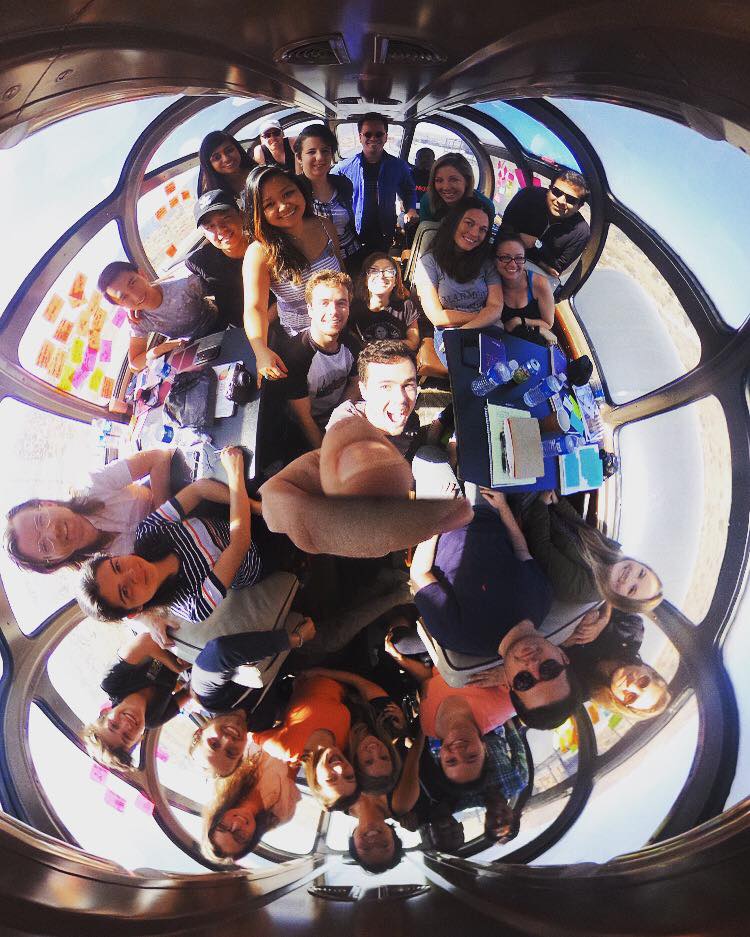
No Comments